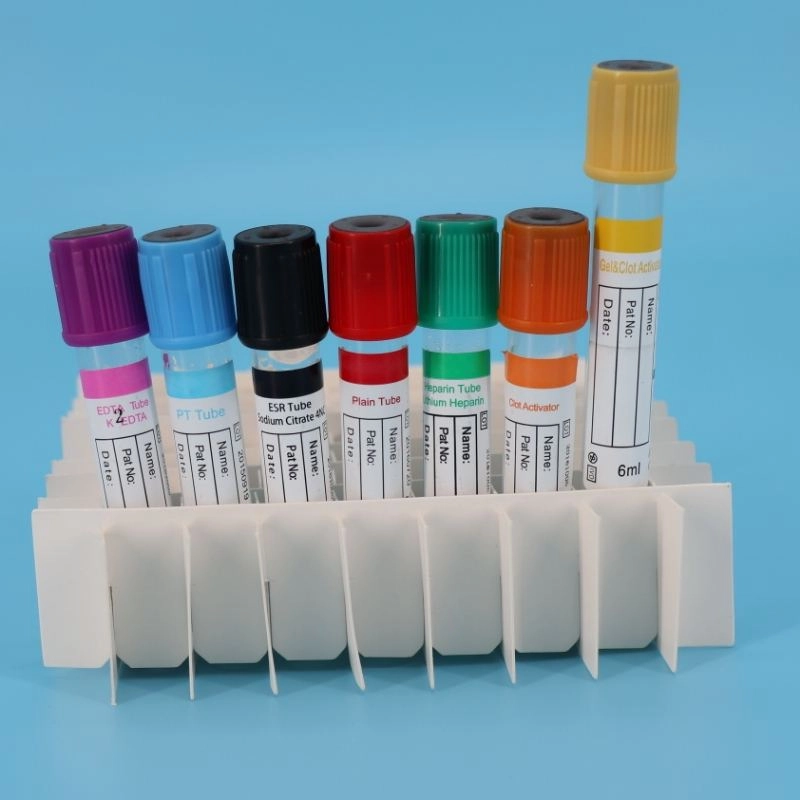What is the Definition of a Biohazard Specimen?
Release time: 2025-04-28
In healthcare, laboratory, and clinical research environments, the term biohazard specimen is used to describe any biological material that poses a potential threat to human health. These materials often contain infectious agents such as bacteria, viruses, or other microorganisms capable of causing disease.
Understanding what qualifies as a biohazard specimen is critical to maintaining workplace safety and compliance with regulatory standards. In this blog post, we’ll explain the definition, provide common examples, and highlight the importance of proper handling using specialized packaging such as those found at www.biospecimenbag.com.
Definition of a Biohazard Specimen
A biohazard specimen refers to any sample of biological origin that may carry infectious agents or present a risk to humans, animals, or the environment. These specimens include, but are not limited to:
- Blood and blood components
- Urine and fecal matter
- Tissue samples (biopsies)
- Sputum and saliva
- Cerebrospinal and amniotic fluids
- Swabs used for microbiological testing
Because these materials may be infectious, they are subject to strict transportation and handling protocols to prevent contamination or exposure.
Why Proper Packaging is Crucial
To minimize risks associated with biohazardous materials, specimens must be stored and transported in biohazard specimen bags—specially designed containers made to comply with safety and legal requirements. These bags play an essential role in the healthcare supply chain.
At www.biospecimenbag.com, you can find a variety of biohazard specimen transport bags that meet industry standards, including:
- Two-pocket bags for separating paperwork from specimens
- Tamper-evident seals for secure transport
- Pre-printed biohazard labels for clear identification
- Leak-resistant materials to prevent spills or exposure
These features not only protect healthcare workers and lab technicians but also help facilities comply with OSHA, CDC, and DOT regulations.
Regulatory Compliance and Safety Standards
In the U.S., the transport and handling of biohazard specimens are governed by multiple agencies, including:
- OSHA (Occupational Safety and Health Administration) – Requires proper labeling and containment
- CDC (Centers for Disease Control and Prevention) – Sets guidelines for biosafety
- DOT (Department of Transportation) – Regulates packaging for transport
Choosing high-quality, compliant specimen bags—such as those from biospecimenbag.com—is essential to meet these requirements and maintain operational safety.
Where to Buy Reliable Biohazard Specimen Bags
www.biospecimenbag.com is a trusted provider of lab-safe, regulation-compliant specimen bags used by hospitals, diagnostic labs, and research institutions nationwide. Their products are designed for durability, safety, and convenience, making them a top choice for biohazard transport needs.
Whether you’re managing routine clinical specimens or transporting high-risk materials, having the right containment solutions ensures safety for everyone involved.


![[95kpa sterile sample bags] 2025-2031 Global and Chinese sterile sample bags market status and future development trends](https://lingjuimg.com/wp-content/uploads/AIC/2025/08/transport-bag-220.webp)